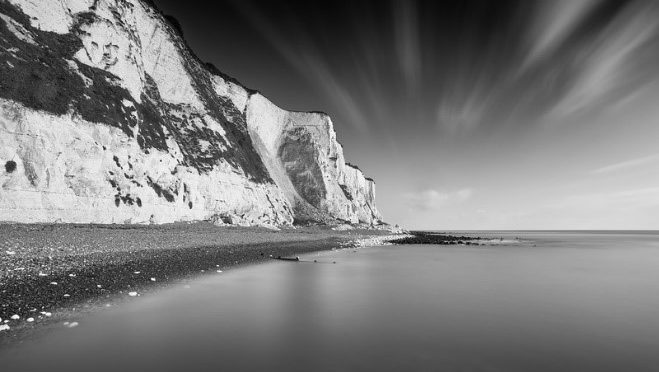Happy new year everyone! The title was borrowed from “How Buildings Learn: What Happens After They’re Built”, a book I have recently started reading, that discusses the evolution of buildings and how buildings adapt to changing requirements over a long period of time. The story begins whenever I introduce myself as a landscape architect, either people are confused about what a landscape architect does or don’t even know this job exists. Some people would perceive landscape design as something similar to architecture or garden design. In fact, our works are similar but, in the general context, the difference lies in the utilisation of space – architects design the building and landscape architects deal with the outdoor space including roof gardens. However. I am more inclined to believe that what makes landscape architecture unique is how the final design would evolve when time goes on – temporality. We may not realise this when we are working out a design or using the space, but when the design spatially turns something into a “place” by giving it a meaning to the users, it quietly alters the relationship between the space and the behaviour of people using it.
Temporality, the state of existing within or having some relationship with time, is a complicated subject to study. I will leave it for those who study philosophy to do the research. In the simplest layman terms, temporality studied the relationship with time and human perception of time. For example, “place-making” itself can be a way to understand temporality in the landscape. When a designer creates beautiful sketches, a visionary place is formed in his head, but you would see that every visitor, user and stakeholder would perceive the place differently. Examples can be seen from the landscape painting and photography of the same place interpreted differently by different artists.

“Dover” c.1825

by Ian Hufton

“Shakespeare’s Cliff, Dover” exhibited 1933

by Daniel Hagerman
These mark the individual “timestamps” to the design. The meaning would be passed down through generations. Revisiting a place will bring us a brand new perception. No matter it is your workplace, home or place to study, it is the associated meaning and perception that trigger our emotions when entering these places. When we were presented in front of those landmark buildings and legacy park designs, did we have a think about what makes these masterpieces stand out after years of people visiting? Perhaps we all share a strongly communicated story behind the design or simply it relates to the memory that only we own.
When looking into the history of landscape design, the ownership and usage of parks and greenery used to be a privilege of the richest people. Some spaces within palaces and protected areas are retained and now open to the public. Research shows there is a close relationship between landscape design and the behaviour of people. The natural instinct that is embedded in our genes makes us favour open spaces with a large area of lawn which is similar to prairie in the ancient rural world. A good landscape design is proven to provide numerous psychological and physical benefits as well as ecological benefits.
In the UK, we have a development control system and planning system. These are responses to environmental changes and development pressures. As we are more conscious of environmental impacts, more restrictions are established to minimise pollution and carbon footprint. Similarly, we are more encouraged to offer green spaces and environmental-friendly alternatives. These guidelines gradually shaped how the landscape would look like in modern society. Design elements and materiality are the tools that define a designer. Landscape architects could not avoid making good use of soft elements like trees and plants. These would grow over time and eventually have a striking effect on the design. Although we are bound to follow strict guidelines and limitations of the planning system, we still have the power to select the right plants and better utilise the space for our next generations.
Temporality makes landscape architecture the art creation process. We may well have a project completion date, but the site and the design itself will continue to grow. In 2020, people suffered from various impacts that the COVID pandemic brought. One thing that shed some light when we move on is that we realise how precious outdoor space is. As landscape architects we need to be aware of how the landscape would evolve and how the users might perceive our design. We have a choice to step up and create a story behind the design that would last forever, and make a quick response to the environment and put together some interesting designs that would benefit the human race. We should never forget why we started our profession, constantly reflect on how could we better utilise the urban spaces and finally our mission could only be accomplished when people enjoyed using that place.
